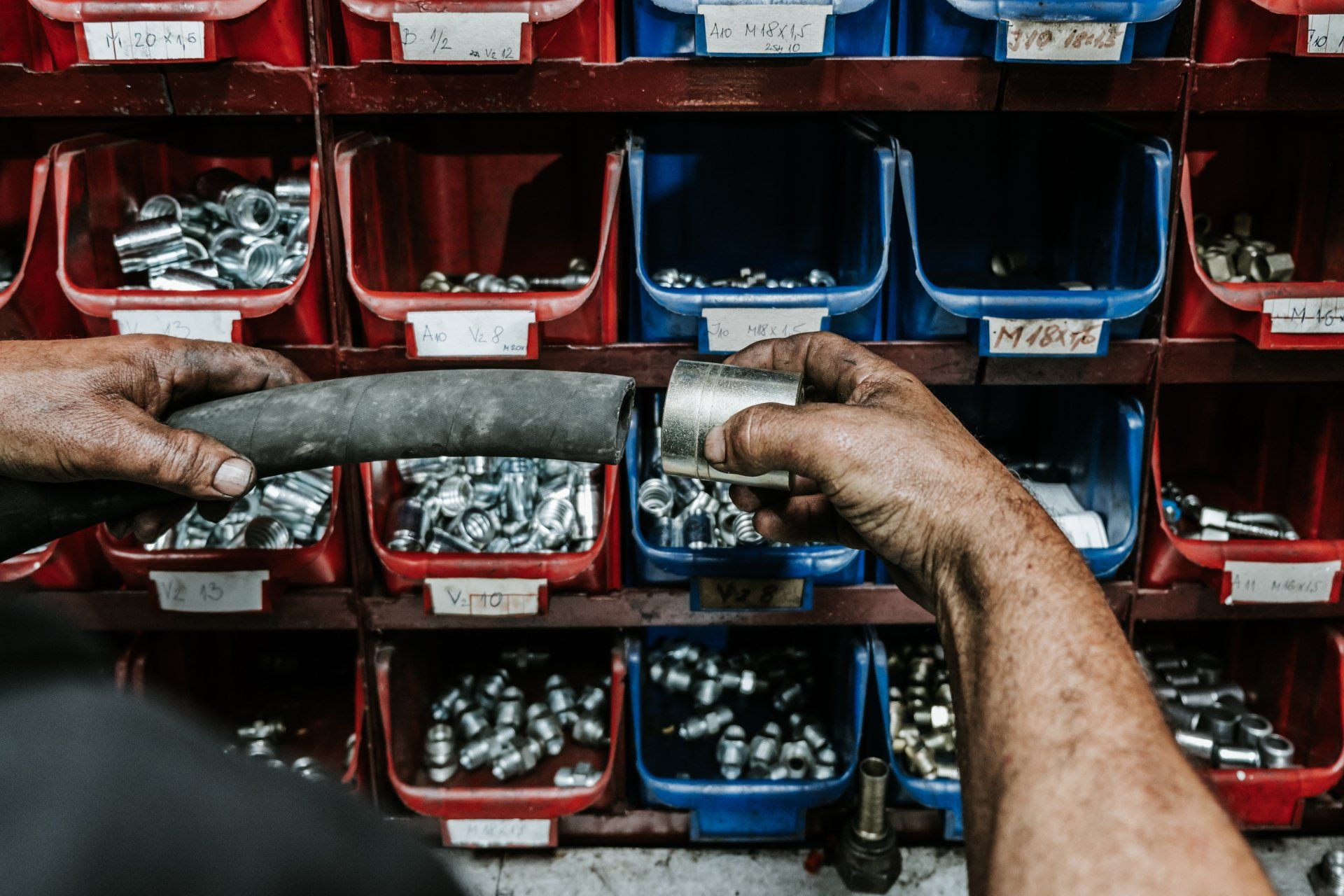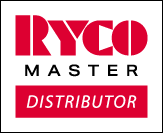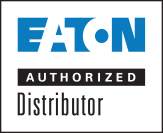Learning the Difference Between Fittings and Adapters
There are many crucial tools in the world of plumbing that serve unique and irreplaceable functions. Every network of pipes has essential pieces that can be replaced, upgraded and repaired to keep the water flowing at ideal rates. Two of these pieces, however, can be confused by amateurs or those who lack practical time with their tools. These are Fittings and Adapters. Though the terminology may be used interchangeably, the two pieces are very different and serve different functions in any given pipework.
What are Fittings?
Fittings are the joining parts that connect hard machine parts to tubes and other pipes. They must be fit onto one end securely and join with a larger component. The other end is then used to attach hoses, nozzles or pipes that otherwise couldn’t connect to the core component that they are leading into. These can also bridge between different standard measurements, allowing ORB ends to connect with JIC ends, as well as leading male-to-male connections if necessary.
The function of a Fitting is to be easily replaceable or mobile from its core connection. It allows outer components to be more easily swapped out, if a new hose or pipe requires a different end to meet the core component, a fitting can bridge the gap immediately as long as it has the correct ends.
What are Adapters?
Adapters are components which join two or more component ends, or threads, together. They are T-shaped, Cross-shaped or occasionally just simple two-ended components which allow for an easy transfer between multiple different component standards.
Adapters are used for much more complex workings that need multiple connections going to and from a single component. Pumps that need to send fluid to multiple sources from a single output require adapters to make all of those connections. Adapters are also made specifically to bridge between different component standards, allowing exchange between SAE, JIC, ORB, Metric, NPT and other classifications.
Why the Confusion?
The main confusion comes from the shared terminology of the two components. Adapters can function as fittings, in that they can only connect two pieces together, but not all adapters are fittings because many adapters are made to connect more than two things together, or have more than one component end type that need to lead into one another. There’s also the core function of bridging component standards that normally aren’t compatible. Fittings are normally used with like standards, serving as a bridge between two threads that aren’t compatible by nature. A fitting is needed for a hose to connect to a pump. An adapter is needed to connect the pump to more than one hose, where each hose may be of a different standard.
In some cases, the job of fittings and adapters can be interchangeable, and the choice of component comes down to availability. Fittings are the first tool you should consider for what goes into an open port, and adapters should be used in later stages of plumbing to make the whole system flow together.





